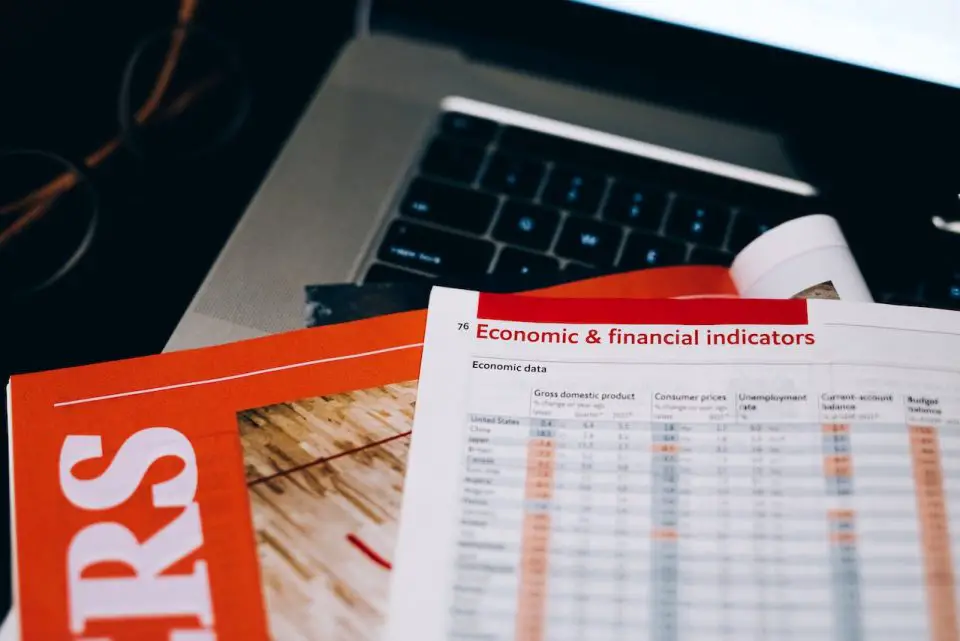In a surprising turn of events, rising bond yields could potentially influence the Federal Reserve’s decision on interest rates at its upcoming November meeting, according to several Fed officials.
San Francisco Fed President Mary Daly stated last Thursday that the surge in bond yields is, in essence, tantamount to a rate hike. This perspective has resonated strongly among investors, swaying their expectations toward a potential Fed pause in November. As of Tuesday afternoon, the CME FedWatch Tool indicated an approximate 8% likelihood of a rate increase, significantly down from 28.2% just last week and 43.6% a month ago.
Nonetheless, some Wall Street experts caution against unwavering confidence in this dovish narrative, suggesting that Thursday’s inflation data release could be a game-changer.
JPMorgan’s chief US economist, Michael Feroli, highlighted on October 6th that policymakers may factor in this additional tightening of financial conditions if further hikes do not occur. Feroli noted, “We think, so far, the balance of risks is tilted toward a hold at the next meeting. However, a firmer-than-expected inflation report next week might change this trade-off for them and they might feel compelled to do more.”
The eagerly anticipated Consumer Prices Index report slated for Thursday is projected to reveal a slowdown in inflation for September after two consecutive months of headline increases. On a “core” basis, excluding the volatile food and energy categories, CPI is expected to show a 4.1% rise over the past year in September, a moderation from the 4.3% surge observed in August.
This report follows last Friday’s employment data, which indicated ongoing growth in the labor market. However, crucial inflationary components such as wage growth displayed a decline.
EY’s chief economist, Greg Daco, assessed the report, stating, “It was a good report, but it was not an inflationary one, which remains the presentable concern.”
These two reports are central to the rationale behind the Fed’s continuous benchmark interest rate hikes since March 2022. A robust post-pandemic labor market coupled with well-stocked consumer wallets contributed to the surge in prices. In response to inflation heading toward a 40-year peak, the Fed embarked on a campaign to restore price stability.
Having raised rates to 22-year highs, the Fed now has an opportunity to curb inflation without jeopardizing economic growth.
Truist Co-CIO Keith Lerner articulated, “What the market wants is this Goldilocks scenario where growth is strong but not too strong, but at the same time inflation weakens.”
The surge in yields may serve as a key element in achieving this “Goldilocks” scenario where economic data strikes a balanced chord.
Greg Daco further explained, “When the Fed says that the markets are doing some of the tightening in its place, what it means is that because long-term rates have risen, this then entails a higher cost of capital and high cost of debt for the consumer.”
In simpler terms, borrowing costs are on the rise for all, be it a neighbor securing a car loan or a major corporation seeking to reinvest in their operations. As borrowing expenses escalate, business activity tends to taper.
Daco emphasized, “If it costs more to borrow, private sector actors are going to borrow less. They’re going to invest less. They’re going to spend less, and in turn, that reduced activity then weighs on inflation, because if you have less demand, then you in turn have less inflationary pressure.”
In conclusion, the dynamic interplay between bond yields and interest rates is poised to significantly influence the Federal Reserve’s deliberations in the upcoming November meeting.
Source: Yahoo Finance

